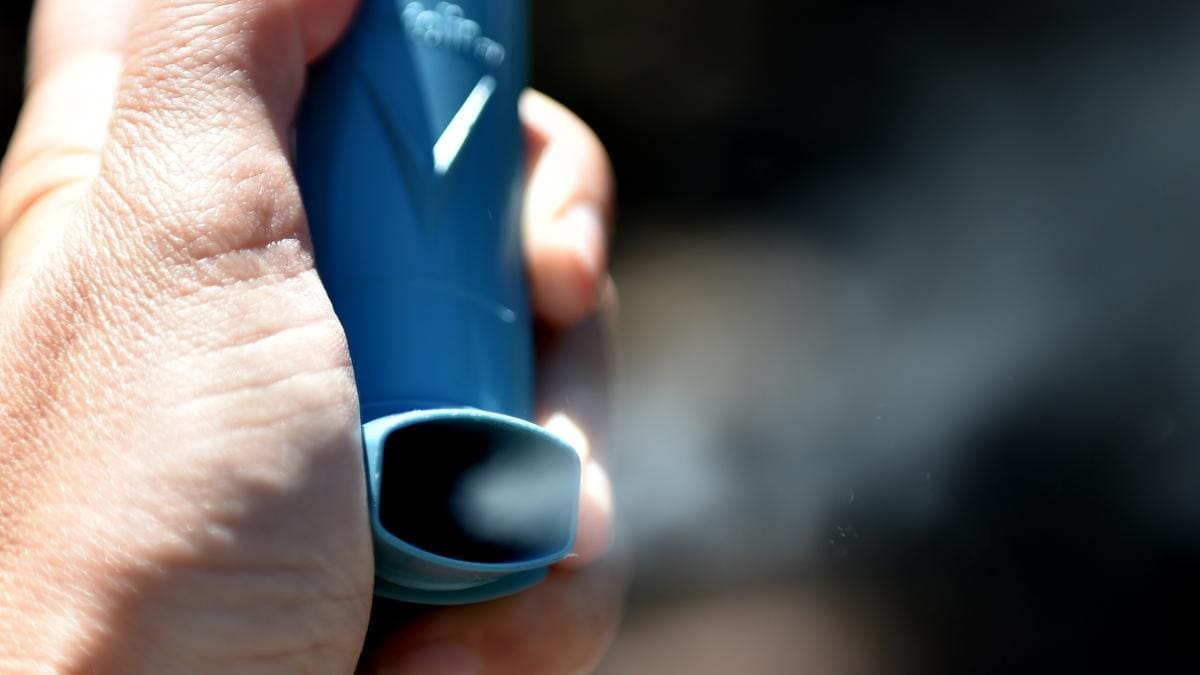The National Institute for Health Care Excellence (NICE) is encouraging asthma sufferers to consider whether they can use an alternative form of treatment, which may help reduce their carbon footprint quite considerably.

A new patient decision aid from the National Institute for Health and Care Excellence (NICE) will encourage people to choose not only which asthma inhaler is best for them, but also which one is best for the environment.
The new decision aid includes a flow chart and multiple illustrated tables to help people with asthma, alongside health professionals, to identify which inhalers could meet their needs and control their symptoms. Where several inhalers could be viable options, patients can opt for the more environmentally friendly option, which may help to cut the Health Service’s carbon footprint in line with the new NHS Long Term Plan.
Professor Gillian Leng, deputy chief executive of NICE, said: “This aid will help people make shared decisions on which inhaler is right for them, and help them use that inhaler effectively. This can help them to control their asthma, rather than have their asthma control them.”
“People who need to use metered dose inhalers should absolutely continue to do so – but if you have the choice of a green option, do think about the environment. Cutting carbon emissions is good news for everyone, especially those with respiratory conditions.”
Inhaler Options
The aid describes the different types of inhaler which may be used by the estimated 5.4 million people in the UK who have asthma, and how to use them effectively.
Research led by the University of Cambridge found that inhalers, particularly the metered-dose style, account for almost 4% of the greenhouse gas emissions of the NHS.
Metered-dose inhalers contain liquefied compressed hydrofluoroalkanes (HFA), a significant greenhouse gas. While HFCs help to propel the dose into the patient’s respiratory system, many people will be able to achieve the same benefit from dry powder inhalers (DPIs).
Replacing just 10% of them with the cheapest equivalent dry powder inhaler, which have a carbon footprint between 10 and 37 times lower, could save the NHS £8.2m a year and reduce carbon dioxide emissions by 58,000 tonnes a year. That is the same as 180,000 return car journeys from London to Edinburgh.
The researchers said that on an individual level, replacing each metered-dose inhaler with a dry powder equivalent would save between 150kg and 400kg a year.
That is similar to the amount of savings an environmentally conscious person could achieve by taking steps around the home such as recycling, installing wall insulation or cutting out meat, the study said.
Dr James Smith, from the University of Cambridge, said: “Our study shows that switching too inhalers which are better for the environment could help individuals, and the NHS as a whole.”
However, it is important that patients do not stop using their usual treatments without consulting their doctor, just to reduce their carbon footprint.
Current advice is for patients to review conditions and treatments at least annually with healthcare professionals. That would provide an opportunity to discuss whether environmentally friendly inhalers are available and appropriate.
People can also make sure they are using their inhalers correctly, return finished ones to pharmacies for proper disposal and avoid throwing away half-full items to help reduce the carbon footprint of their medication.